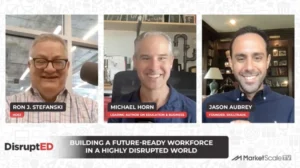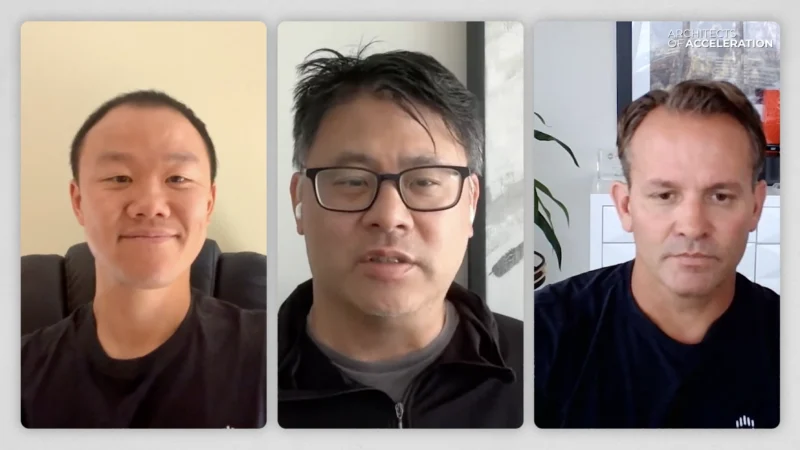Regulations, Policy, and Public Perception in the Commercial Drone World
Each week, Drones in America introduces listeners to guests who are leaders, influencers and experts from various areas to provide key insights about America’s drone industry.
Topics discussed include the history of drones both overall and in America, emerging technology, policy guiding drone use, and the rapidly growing commercial market.
On this episode, host Grant Guillot was joined by Gretchen West, President and CEO at Schiebel Aircraft, Inc., for a discussion ranging from the explosive growth in drone use to regulatory challenges, COVID-19’s impact, and more.
“I think we’ve come a very long way. Back when I first started in this industry, it was mostly just military drones that everyone was talking about,” West said. “I think people knew that the commercial drone market was going to be huge, but I don’t think anyone really saw what it’s become today.”
In particular, West said the potential future for Urban Air Mobility, or UAM, solutions, as well as Unmanned Aircraft Systems, or UAS, is bright.
However, to get there, challenges surrounding regulatory best practices and more will need to be ironed out.
“That’s where we’ve come a long way, but I do think we’re still really struggling with how to integrate technologies from a regulatory perspective, from a public perception perspective, and from a privacy perspective,” West said. “I think we’ve come a long way, but we have a long ways still to go.”
The duo also touched on how COVID-19 has transformed the conversation around drones, particularly regarding unmanned delivery, and how the upcoming presidential election could set the course for the industry as a whole.










